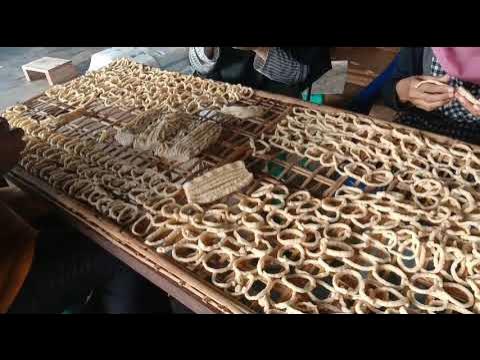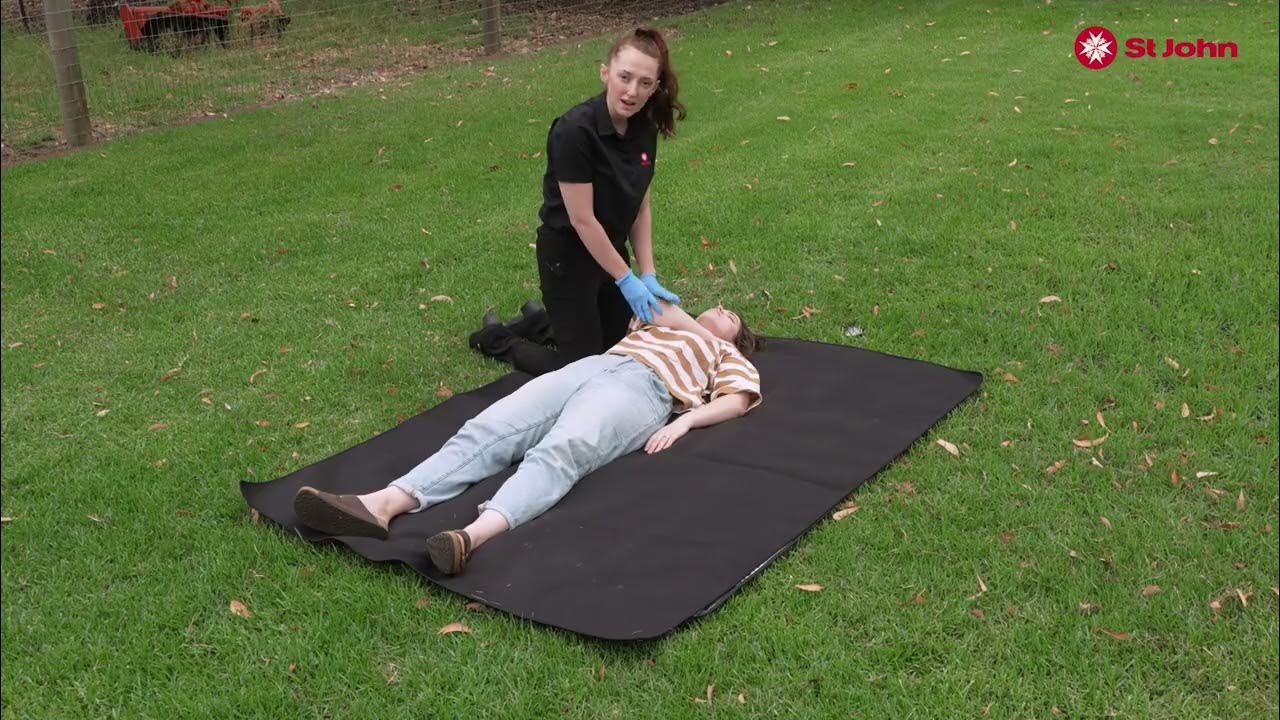Production of Continuous Hemodialysis Solution (Revised)
Summary
TLDRIn this instructional video, Sevag Demirjian, Director of Critical Care Nephrology at the Cleveland Clinic, outlines the step-by-step process for producing ultra-pure continuous dialysis solution. Addressing the recent shortages of dialysis supplies due to the COVID-19 pandemic, the video details the use of a volumetric dialysis machine and the necessary materials and techniques. The comprehensive guide covers everything from machine setup, solution preparation, and bag filling to proper storage and labeling, ensuring quality and safety in the production process. This essential protocol aids medical centers in need of critical dialysis solutions.
Takeaways
- 😀 The Cleveland Clinic is producing ultra-pure continuous dialysis solutions in response to shortages caused by the coronavirus crisis.
- 😀 The production process uses a Fresenius 2008T dialysis machine along with acid and bicarbonate concentrates.
- 😀 The solution replicates standard dialysate for intermittent bicarbonate hemodialysis, ensuring correct ionic composition and physiological temperature.
- 😀 Conductivity and ionic concentrations must be carefully monitored, with specific targets for sodium, potassium, and bicarbonate levels.
- 😀 Aseptic techniques are critical throughout the preparation and connection processes to prevent contamination.
- 😀 The dialysis machine should undergo standard tests, including chlorine and chloramine checks, prior to use.
- 😀 Hemostats are utilized to control the flow in DIN lines during the bag filling process, which should be completed within 1 hour and 15 minutes.
- 😀 Different potassium levels can be achieved by adjusting the acid concentrate, requiring careful monitoring of conductivity during production.
- 😀 Labeling of filled bags is essential, with color codes indicating different potassium concentrations and specific details for tracking.
- 😀 Finished bags should be stored properly, with a first-in, first-out system to ensure older bags are used first.
Q & A
What is the purpose of this instructional video?
-The video provides a step-by-step guide for producing ultra-pure continuous dialysis solution, particularly in response to supply shortages during the COVID-19 pandemic.
Who is presenting the video?
-The video is presented by Sevag Demirjian, the Director of Critical Care Nephrology at the Cleveland Clinic.
What are the two main concentrates used in the dialysis process?
-The two main concentrates used are acid and bicarbonate.
What is the significance of maintaining conductivity within +/- 5 of theoretical values?
-Maintaining conductivity within this range ensures the dialysate's ionic composition is appropriate for effective dialysis treatment.
What should be done if using a portable reverse osmosis system?
-Chlorine and chloramine tests must be conducted before system start-up and rechecked every four hours while in use.
What is the recommended flow rate for dialysate infusion?
-The dialysate is infused at a rate of 800 milliliters per minute.
How long should the D I N lines and dialyzer be used?
-D I N lines and the dialyzer should only be used for 24 hours.
What is the correct filling time for the dialysis bags?
-The bags should be filled between one hour and five minutes to one hour and fifteen minutes to reach a volume of 6.5 liters.
How should the filled bags be labeled?
-Each bag should be labeled with the date, expiration date (five days), production machine number, and the initials of the operator.
What steps should be followed if different potassium concentrations are required during production?
-The hemostat should be placed on the arterial line, the current bags should be replaced with new ones, and the acid concentrate wand should be switched to the desired solution before resuming normal operation.
Outlines

This section is available to paid users only. Please upgrade to access this part.
Upgrade NowMindmap

This section is available to paid users only. Please upgrade to access this part.
Upgrade NowKeywords

This section is available to paid users only. Please upgrade to access this part.
Upgrade NowHighlights

This section is available to paid users only. Please upgrade to access this part.
Upgrade NowTranscripts

This section is available to paid users only. Please upgrade to access this part.
Upgrade Now5.0 / 5 (0 votes)





